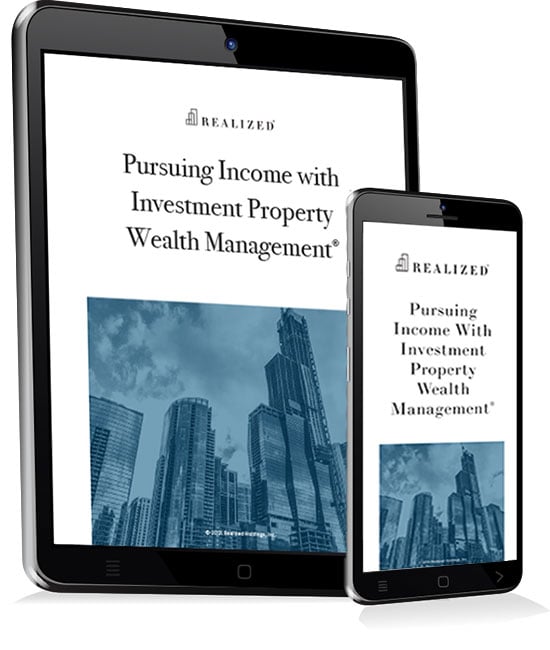
Financial planning is a key to preparing for your retirement years, especially the early years when you’ll be able to enjoy the new freedoms and social activities that come with stepping away from a full time work schedule.
Financial confidence is important when striving to ensure a comfortable retirement. Even though you won’t have a regular paycheck anymore, you’ll likely have a few different sources of income, which may include Social Security, 401(k) or IRA, a pension, and possibly investment income. Financial planning before you retire can help ensure your investment dollars are working as hard as possible, and readjusting your portfolio after you retire can help shift the focus of your portfolio to long-term sustainability and reduced exposure to risk.
Below we’ll outline some steps investors can take to create a balanced retirement portfolio that may lead to a stable financial foundation for their retirement years. Keep in mind, however, that investment goals and tolerance for risk are different for each investor, and that there’s no one-size-fits-all approach when it comes to creating a balanced retirement portfolio.
Creating a Balanced Portfolio for Retirement
Perhaps the first step in creating a balanced portfolio for retirement is to calculate how many years away you are from retirement. If retirement is still in the distant future, you’ll likely want to focus on a growth portfolio since you have a long-term investment horizon.
A growth portfolio allocates 70 percent or more of your investment capital to stocks. You’ll likely want to consult with a financial advisor to strategically allocate your capital among large-, mid-, and small-cap stocks, as well as real estate investment trusts, real estate, fixed-income securities, and other common and alternative investment classes that may bring opportunities for capital appreciation. The aggressiveness with which you deploy your capital largely depends on your tolerance for risk, and you should periodically revisit your investment decisions with a financial advisor to help ensure your portfolio is meeting your financial objectives.
As you near retirement, you’ll likely want to start reducing your exposure to risk by crafting a more balanced portfolio. You still may enjoy some modest portfolio growth during these years, but you’ll be shifting your investment focus away from certain types of stocks and alternative investments in an attempt to manage risk.
A moderately conservative retirement portfolio for your first years of retirement may consist of 60 percent stocks, 35 percent bonds, and 5 percent cash. This strategy could yield modest portfolio growth while managing your exposure to market volatility. As you age, say between ages 70 and 79, you may want to consider moving away from stocks and putting a much larger portion of your investment capital into bonds. A moderately conservative retirement portfolio for this stage of your retirement might consist of just 40 percent stocks, 50 percent bonds, and 10 percent cash.
These numbers might shift again in the final stage of your Golden Years to a highly conservative investment strategy that allocates just 20 percent of your investment capital to stocks, with 50 percent going to bonds and 30 percent to cash.
Putting it all Together
Balance is a relative word. So many factors come into play, such as age, the size of your portfolio, tolerance for risk, and investment objectives. Balance may not mean the same thing to the investor with a $10 million portfolio as it does to the investor with a $500,000 portfolio. Similarly, balance may not be the same for a 50-year-old investor as compared to a 75-year-old investor.
Crafting a balanced retirement portfolio likely requires the guidance of financial professionals who can create an investment profile that seeks to match your age and tolerance for risk with your current and future financial needs.
This material is for general information and educational purposes only. Information is based on data gathered from what we believe are reliable sources. It is not guaranteed as to accuracy, does not purport to be complete and is not intended to be used as a primary basis for investment decisions. It should also not be construed as advice meeting the particular investment needs of any investor.
Realized does not provide tax or legal advice. This material is not a substitute for seeking the advice of a qualified professional for your individual situation.
All investments have an inherent level of risk. The value of your investment will fluctuate with the value of the underlying investments. You could receive back less than you initially invested and there is no guarantee that you will receive any income.



